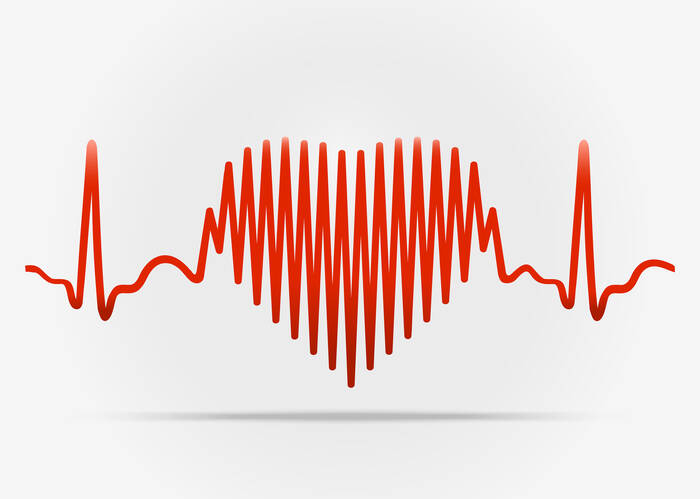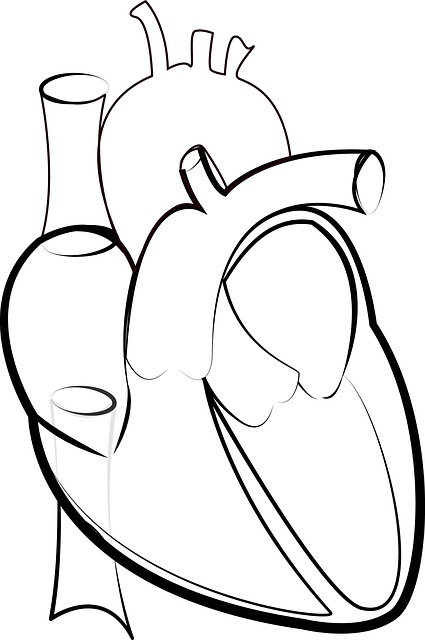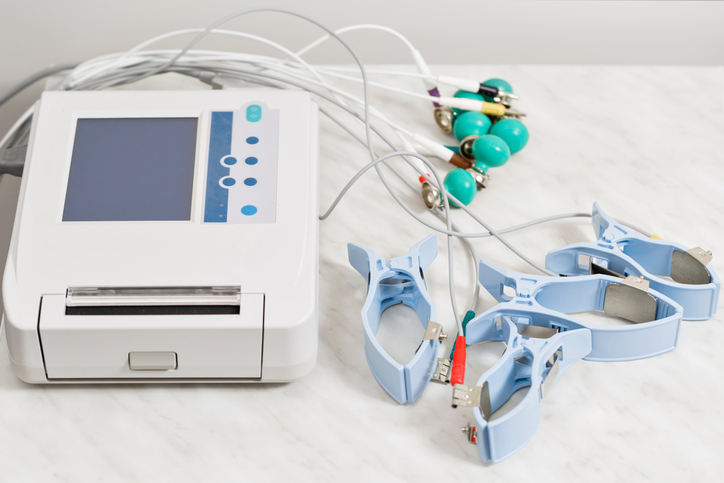- "What Is Arrhythmia?". National Heart, Lung, and Blood Institute.
- "Types of Arrhythmia". National Heart, Lung, and Blood Institute.
- "Who Is at Risk for an Arrhythmia?". National Heart, Lung, and Blood Institute.
- "How Are Arrhythmias Diagnosed?". National Heart, Lung, and Blood Institute.
- "How Are Arrhythmias Treated?". National Heart, Lung, and Blood Institute.
- Martin CA, Matthews GD, Huang CL (April 2012). "Sudden cardiac death and inherited channelopathy: the basic electrophysiology of the myocyte and myocardium in ion channel disease". Heart. 98 (7): 536–543
- Vogler J, Breithardt G, Eckardt L (July 2012). "Bradyarrhythmias and conduction blocks". Revista Espanola de Cardiologia. 65 (7): 656–667.
- Zoni-Berisso M, Lercari F, Carazza T, Domenicucci S (2014). "Epidemiology of atrial fibrillation: European perspective". Clinical Epidemiology. 6: 213–220.
- GBD 2013 Mortality Causes of Death Collaborators (January 2015). "Global, regional, and national age-sex specific all-cause and cause-specific mortality for 240 causes of death, 1990-2013: a systematic analysis for the Global Burden of Disease Study 2013". Lancet. 385 (9963): 117–171.
- Kuck KH (June 2020). "Arrhythmias and sudden cardiac death in the COVID-19 pandemic". Herz. 45 (4): 325–326.
- Mehra R (2007). "Global public health problem of sudden cardiac death". Journal of Electrocardiology. 40 (6 Suppl): S118–S122.
- "Trigeminy PVC: Definition, Causes, Treatment".
- Wagner GS (2001). Marriott's Practical Electrocardiography (10th ed.). Philadelphia, PA: Williams & Wilkins. ISBN 0683307460.
- Zipes DP, Wellens HJ (November 1998). "Sudden cardiac death". Circulation. 98 (21)
Arrhythmia: What is a cardiac arrhythmia and how is it manifested? + Treatment

Photo source: Getty images
Most common symptoms
- Malaise
- Chest pain
- Spirituality
- Blue leather
- Nausea
- Low blood pressure
- Swelling of the limbs
- The Island
- Disorders of consciousness
- Mood disorders
- Slowed heartbeat
- Muscle weakness
- Pressure on the chest
- Head spinning
- Tremor
- Tremors
- Fatigue
- Anxiety
- High blood pressure
- Accelerated heart rate
Show more symptoms ᐯ
Treatment for arrhythmia? Both medication and lifestyle changes are necessary
Show moreArrhythmia is treated by
Arrhythmia is examined by
Other names
heart arrhythmia, disrhythmia















